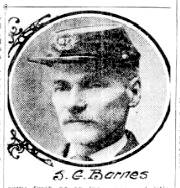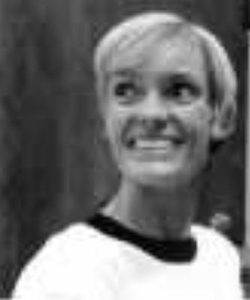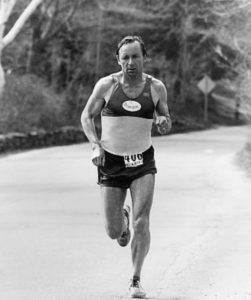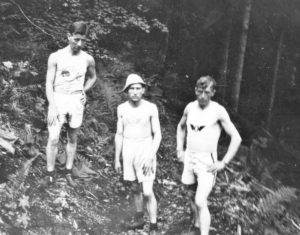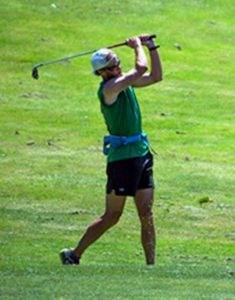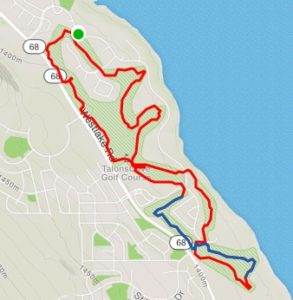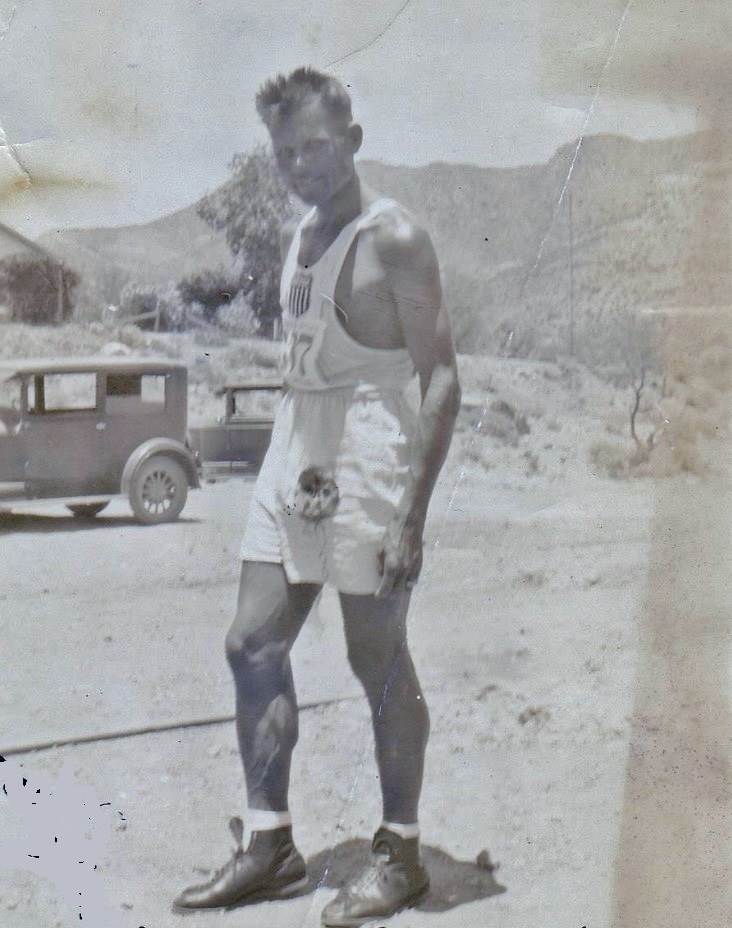Podcast: Play in new window | Download (Duration: 31:31 — 35.4MB)
Subscribe: Apple Podcasts | Spotify | Amazon Music | Android | Pandora | iHeartRadio | JioSaavn | Podcast Index | Email | TuneIn | RSS | More
By Davy Crockett


In 1873, Jules Verne published his classic adventure novel, Around the World in 80 Days, which captivated imaginations of the possibility of traveling around the world in a given time and the wonders that could be seen.
Also at that time, Pedestrianism, competitive walking, was in its heyday. Starting in 1875 individuals began to discuss if it would be possible to somehow walk around the world. Wagers were made and attempts began. They had no true idea how far it was or how long it would take. It wouldn’t be until more than 100 years later that some guidelines would be established for those who truly wished to walk around the world.
Yes, such an activity was real and still is today. How far is it to walk around the world? Today the World Runners Association has set a standard that it must be at least 16,308 miles. Early pedestrians were estimating that it would be between 14,000-18,000 miles. Today the fastest known recognized time is 434 days returning to the point of origin.
It all started in earnest around 1875. During that year, circumnavigation ultrawalkers emerged along with frauds who fooled the public to win wagers and made a living off giving lectures about their “walk.” Most American transcontinental walks of the 1800s involved fraud and fabrication. Some examples are covered in: “Dakota Bob – Transcontinental Walker.” The same was true for most early attempts to circle the globe on foot, but their tales are still fascinating. This multi-part article will share the stories and make some corrections on false claims that have been published in many books.


